In the fields of construction and manufacturing, traditional consumables are being replaced by technologically advanced plastics in various designs. They are distinguished by high technical and physical qualities, which allows them to confidently replace wood and even metal. However, wood raw materials have many advantages due to low purchasing costs and environmental friendliness. The weak point of this material is considered to be strength. To increase this indicator, manufacturers use special processing methods to increase rigidity, density and, in general, resistance to mechanical damage. However, hardwoods initially have these properties, often eliminating the need for special heat treatments.
Features of hardwood
Typically, the quality of such rocks is assessed by three indicators - density, Brinnell hardness and cross-cut rigidity. On average, the density of such wood is about 1200-1400 kg/m3. As for the Brinnell hardness, this value can reach 3.5 kgf/mm 2, and the cross-cut rigidity can be 80 MPa. Again, these indicators are typical for trees familiar to Russian conditions, and exotic species can have significantly superior characteristics. What types of wood are classified as hardwood in the temperate zone? Usually oak, beech, ash and some types of hornbeam are distinguished. It is important to consider that along with the positive quality of hardness, such trees also have negative properties. It has already been said that in order to improve its performance qualities, lumber can be subjected to additional processing. Sometimes hard wood is subjected to similar operations to obtain special physical characteristics. And here a serious problem arises, since many rocks, due to their high density, do not tolerate the processes of grinding, impregnation, and especially drying. Cracks, chips and other manifestations of structural deformation often form.
Classifications of hardwoods
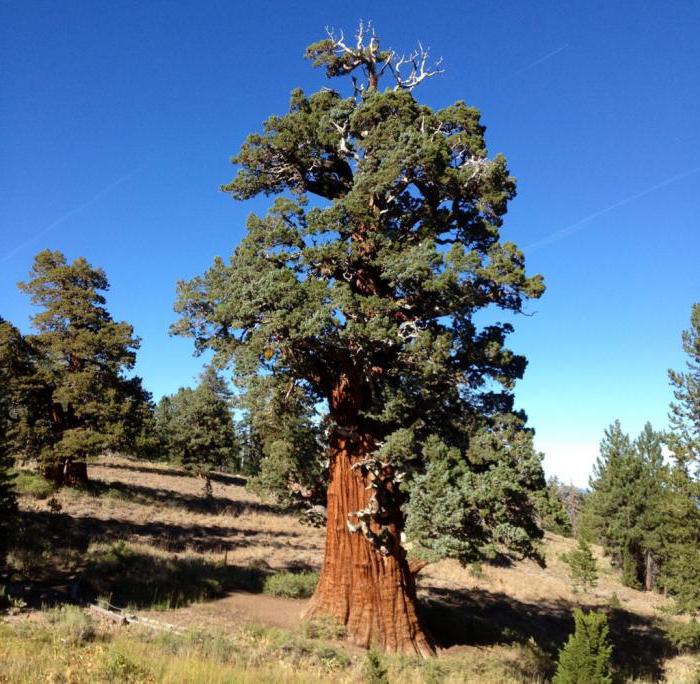
There are species that grow in the temperate zone and exotic trees. There is also a classification into deciduous and coniferous species. Although most hardwoods are still classified as deciduous, among the needles there are also varieties with increased characteristics of density and rigidity. As for the temperate zone species, these include maple, boxwood, briar and the aforementioned hornbeam. Coniferous hardwoods are also the most common here. Which of them have the most pronounced hardness indicators? In this case, larch, yew, juniper and lawson deserve attention. There are also hardwoods among the usual fruit trees - forest apple, wood sorrel, pear, rowan and some types of walnut stand out in this category. As for exotic rocks, they demonstrate the highest levels of hardness and density. Here, red and lemon eucalyptus, etc. are of particular interest. Now it is worth taking a closer look at the hardest tree species.
Red tree
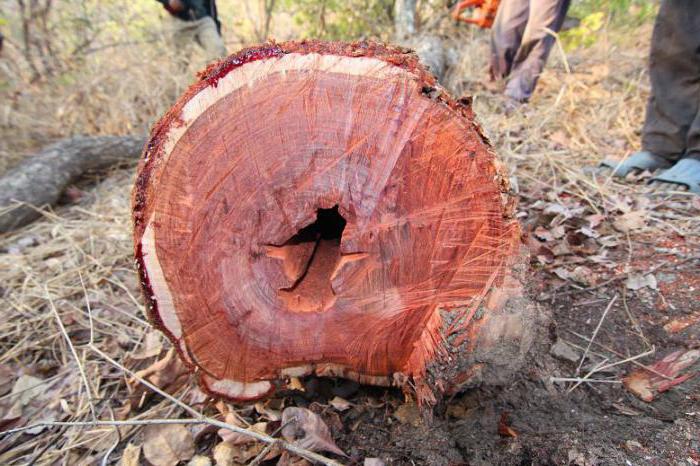
In Russia, this breed is the most popular, as it can be purchased freely. This is a tropical tree, which is characterized by high hardness, as well as an original cut texture. Freshly sawn wood has a yellowish-red tint, but over time it gives way to darker tones, which gives the material a noble appearance. Accordingly, the consumer appreciates not only the technical, but also the decorative properties of this tree. It should be noted that from the point of view of pronounced decorative qualities, hardwoods also include backwood and boxwood. Moreover, these rocks are used not only as finishing materials, but can also replace individual decorative parts in jewelry and technical devices. But mahogany is also distinguished by its ease of mechanical processing. The density of this rock is not so high compared to many hard materials of tropical origin, so this raw material is in great demand in furniture factories.
iron tree
If heavy-duty plastics can replace iron due to their strength, then this breed is not only capable of taking the place of a mechanically resistant element in some areas, but at the same time meeting increased requirements in terms of environmental sustainability. The concept of ironwood includes a whole group of species that mainly grow in the countries of the Asian region and in Australia. The classic representative of the group is the Persian parrotia. This species is common in relict forests, where local residents have been making handles for knives and axes from it since ancient times. Today, “iron” hardwood is protected by UNESCO. This breed, in particular, has aesthetic value, which causes great interest in it from the market.
Merbau
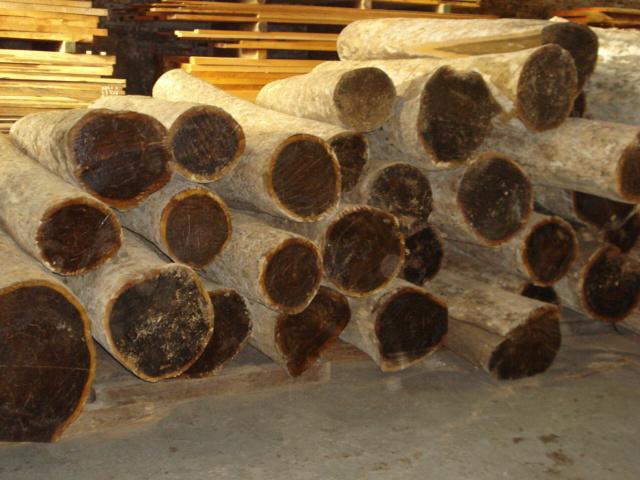
This is not the hardest, but judging by the combination of other performance qualities, it can be said to be the most practical breed. Previously used in the construction of sea vessels. This is due to the fact that the material is resistant to moisture and also does not dry out. Therefore, merbau can be stored for a long time, after which it can be subjected to heat treatments and used in construction. As already noted, trees belonging to hard wood species, such as hornbeam or beech, practically do not tolerate additional processing. But merbau steadfastly endures traditional methods of influence in order to improve individual performance qualities.
White acacia
The hardest rock in Russia, which is valued not only for its strength, but also for its resistance to biological destruction processes. In addition, acacia of this type is highly polished and does not crack during long-term use. If preventive treatment measures are followed, the wood is also not subject to minor mechanical damage. By the way, in terms of technical characteristics, this type is superior to such hard wood species as oak and ash.

Lignum vitae
The hardness of this wood is one of the highest in the world. Suffice it to say that the material optimally copes with its tasks when used in the form of bearings, bushings and brackets. In the navy, wood of this species was often used as deck material. But backout lumber is valued for other reasons as well. It is not susceptible to deformation processes under the influence of third-party negative factors. These can be both chemical and physical influences that do not have a destructive effect on the structure. There are other hardwoods that also exhibit resistance to extreme loads. But the unique quality of backout is its balanced combination of large mass and density.
Application of hard wood
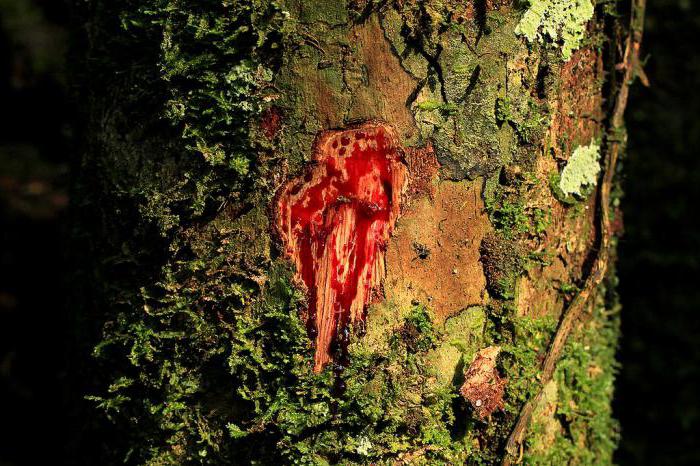
Most of this material is used in construction. Wood in one form or another can be used both as a base for structures and as finishing. Certain rocks are also used in the fields of mechanical and instrument making. They are used to make individual functional elements with the expectation of long-term use - and these can be temporary consumables or durable parts of structures. These are the main, but not all, areas in which high-strength wood species are used. Soft, hard, and medium-density rocks can also be used for medical purposes. In this case, hardness is not so important. The fact is that many exotic breeds contain resins that are unique in their qualities. The preparation of medicinal mixtures for internal and external use, in particular, makes it possible to combat diseases of the joints, respiratory organs, etc.
Conclusion

Manufacturers of building materials are well aware of the rule that increasing one technical and operational property almost always entails minimizing other qualities. In part, this law also applies to hard wood, which in some respects is inferior to soft wood. The processes of biological destruction, physical deformation, and texture distortion are the main disadvantages of soft rocks used in a long-term format. But on the other hand, such wood has the advantage of being susceptible to additional processing. Of course, both categories have their exceptions, but the soft structure, due to its low density, is still more prone to the formation of new properties artificially.

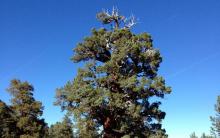

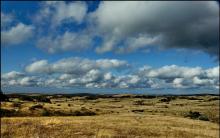







The most beautiful motorcycles in the world
Which sea is the cleanest in the world?
Top 10 Most Expensive Furs
The largest and most luxurious casinos in the world
Knightly orders of Europe XI - XIII centuries